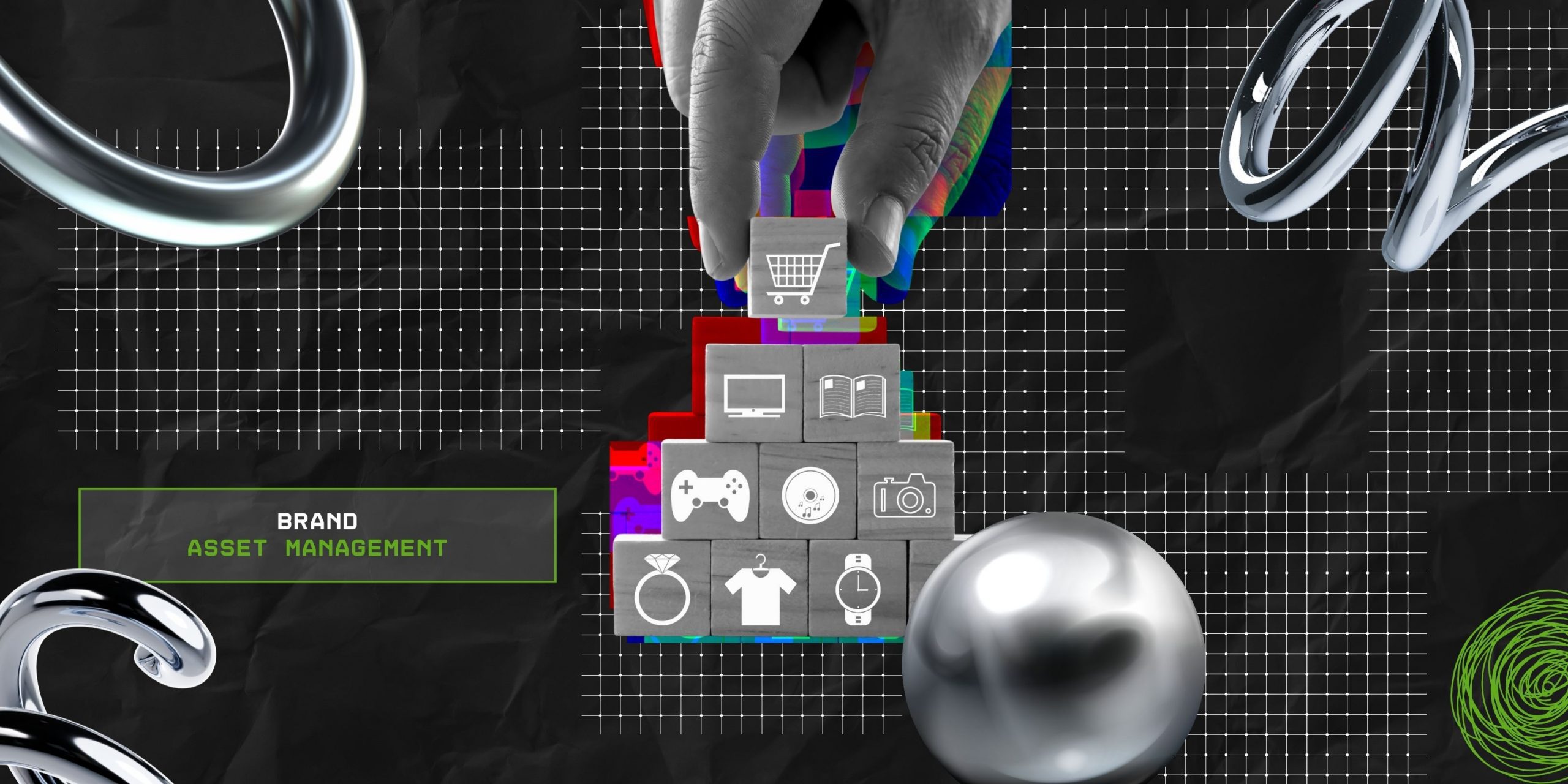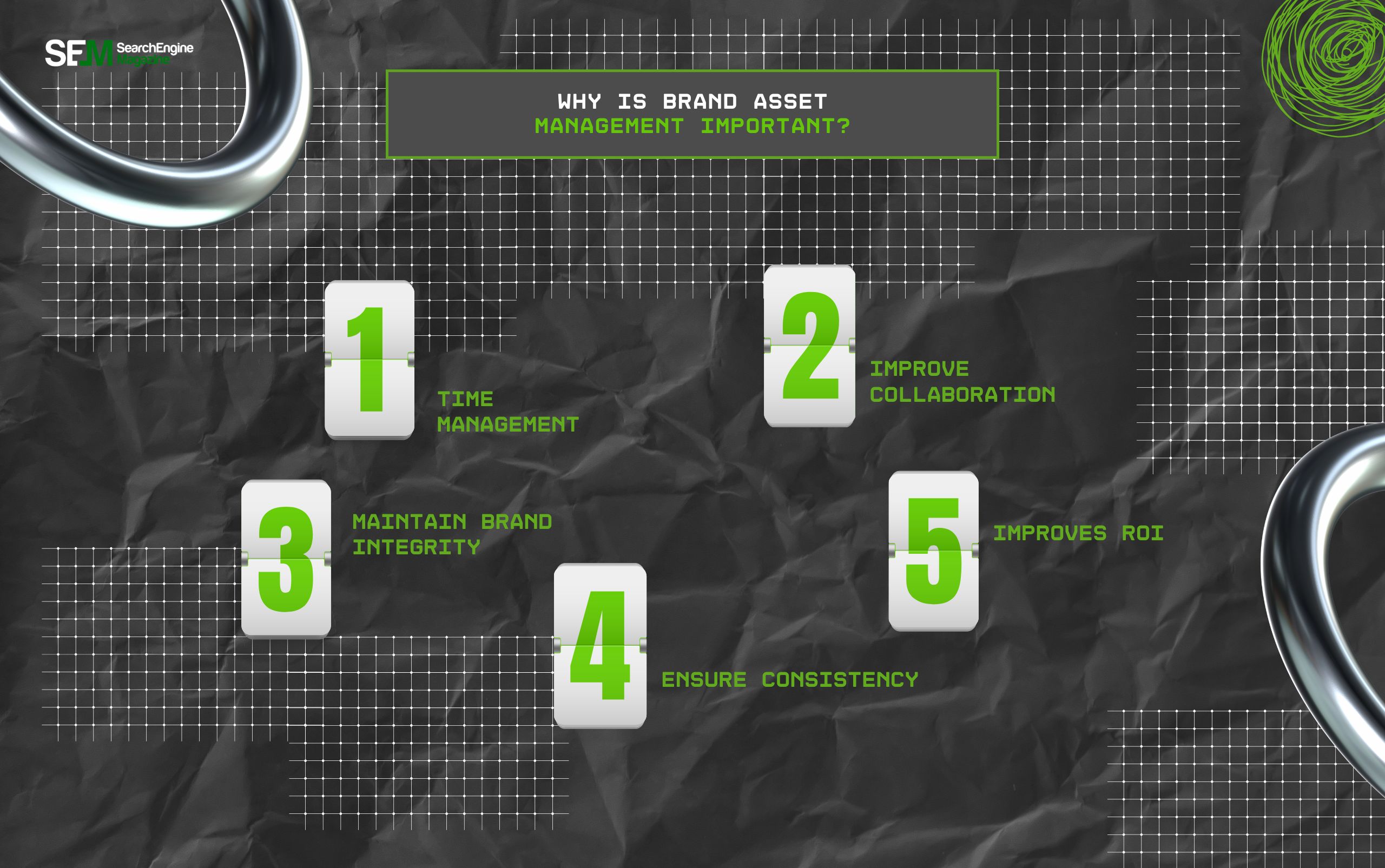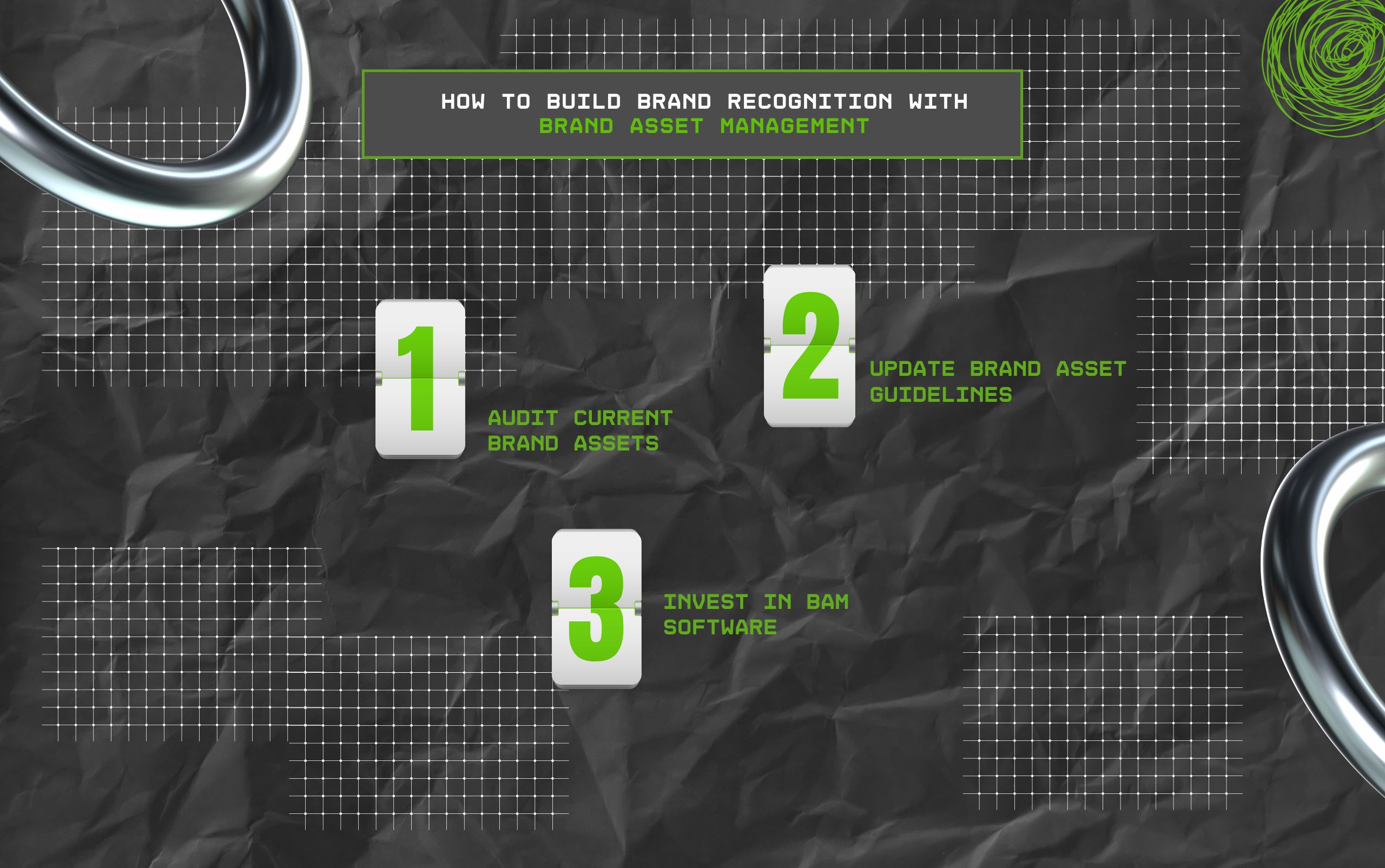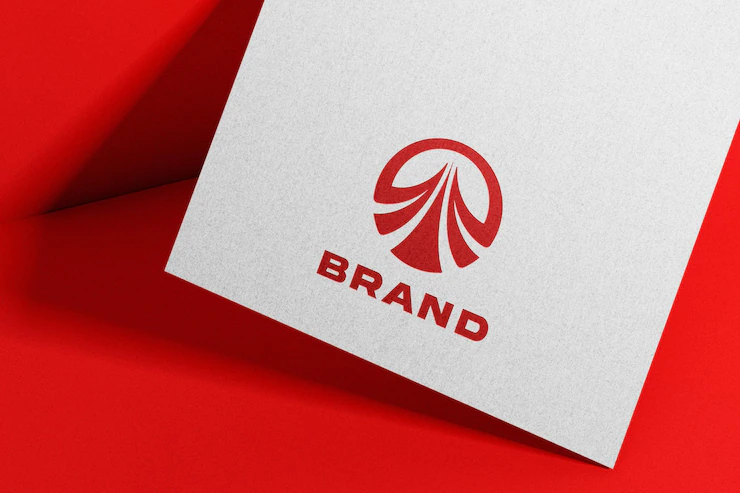Real Estate Link Building That Actually Works: Earn Local Authority, Rankings, and Better Leads Without Spam
Dec 10, 2025

Dec 10, 2025

Dec 10, 2025

Dec 09, 2025

Dec 09, 2025

Dec 05, 2025

Dec 05, 2025

Dec 04, 2025

Dec 04, 2025
Sorry, but nothing matched your search "". Please try again with some different keywords.


» Brand asset management helps businesses to properly and efficiently store, organize, manage, and distribute the brand assets.
» It also helps in consistently representing the brand across diverse platforms. So, reducing the risk of misrepresentation and inconsistency.
Building brand recognition in this digital age is not a luxury. Rather, it is a necessity for most businesses.
Moreover, through online branding, businesses can explicate their value and communicate their vision with their target audience.
So, naturally, creating a consistent and strong brand across diverse digital platforms is what every business needs.
In addition to this, a strong brand helps businesses manage their customer base and maintain a consistent voice. Making them recognizable amidst their competitors.
But the real question is— “How to build this brand recognition online?”
That’s where brand asset management comes into play. With its dynamic strategies and efficient practices, businesses can consistently present themselves across various digital platforms.
So, if you are wondering how to employ brand asset management for your business, I have got you covered.
In this blog, I am going to explore the diverse aspects of brand asset management by exploring—
Stay tuned!
First things first, brand asset management (BAM) refers to the process of managing, storing, and even distributing the core elements of the brand assets efficiently.
That is, it is a system to manage the basic and foundational elements — band name, logo, color, font, and graphics — to represent the band’s identity.
Moreover, it organizes all the assets in a perfect order. So, authorities can access them when working on campaigns, content creation, and communication channels.
In addition to this, it stores the important documents that detail the brand guidelines and information about the brand’s voice and identity. So, businesses can reduce the risk of misusing the brand assets.

Given that businesses use various digital media platforms to reach audiences and communicate with customers, it is vital to manage the brand assets.
This way, they can maintain the brand identity and voice across multiple channels. As the report from the Digital Marketing Institute highlights—
“Only 15% of brand assets are truly distinctive and make a real impact. By creating an efficient BAM system, you’ll likely make better use of your best brand assets”.
So, naturally, brand asset management makes it possible to organize, manage, and distribute the brand assets the right way. Some of its countless benefits include—
Firstly, a perfect brand asset management system can help in managing time properly. So, businesses can spend less time searching for brand assets and use the time for working on priority tasks.
In addition to this, brand asset management helps in improving collaboration between the diverse teams in the business.
That is, it provides a single space for storing and managing the brand assets. So, diverse teams can collaborate to use a single source of brand assets for campaigns.
According to the report from DemoUp Clipister—
“It enables users, including marketing teams and brand managers, to work seamlessly by providing a centralized platform where all brand materials are stored and accessible. This centralization means that internal teams and external stakeholders, such as agencies and partners, can easily access the right brand assets when needed”.
Moreover, the proper management of the brand assets helps in maintaining the brand integrity across diverse platforms. So, it reduces the risk of using an incorrect logo or color gradient while representing the brand in campaigns.
Also, brand asset management is integral in ensuring that the brand voice and values are consistently distributed across different platforms. So, businesses can easily spread the brand message and identity consistently.
Finally, brand asset management helps in streamlining workflows and improving work efficiency. So, businesses can get better ROI by employing the perfect management system for their brand assets.
Even though brand asset management is often confused with digital asset management, they have a lot of dissimilarities. So, some of these core differences include—
| BAM | DAM |
|---|---|
| 1. Focuses on managing brand assets consistently across diverse platforms. | 1. Manages all kinds of digital assets without demarcating them. |
| 2. Only the brand authorities have access to the brand assets. | 2. Caters to a wider range of users for managing any kind of digital asset. |
| 3. Tailored functions that align with the brand goals, visions, and values. | 3. Broader functions for all kinds of asset management needs. |
According to the report from the Digital Marketing Institute—
“BAM is essentially a branch of DAM. While DAM is broader and based on creating an efficient system for accessing or distribution of every digital file or asset within the business, BAM focuses on branding only”.

Building brand recognition with a systematic brand asset management is quite pimples. So, here’s how businesses can use BAM to build recognition—
Firstly, businesses need to understand the current condition of the brand assets. So, they can use an audit system to identify the flaws in the current BAM system.
Moreover, this can help in identifying areas that can be improved to enhance the brand image and value. So, they can be more recognizable on the digital platforms.
With the insights about the current brand asset, businesses can easily improve their guidelines. So, they can update or modify the existing rules to ensure that the brand is consistently represented across diverse platforms.
Finally, businesses need to invest in a good and efficient BAM software to digitally manage the brand assets without compromising on their distribution.
Some of the commonly used BAM software include—
If you want to create your own brand asset management system, here is a little step-by-step guide—
As technology is constantly evolving, brand asset management is definitely going to transform over time. Making it more personalized and legally compliant.
Moreover, the integration of AI models into the system can help automate repetitive tasks and audits. Giving authorities more space to take care of other priorities.
So, with this guide on BAM, you can employ the perfect brand asset management system for skyrocketing your brand recognition across diverse platforms!
Here are some of the common questions on brand asset management that you can check.
Generally, brand assets can be categorized into three types—
» Visual — Visually representing the brand through logos, font, color, and more.
» Verbal — Expressing brand voice and message.
» Experiential — Showing the presence and relevance of the brand.
Usually, the cost of a good BAM system ranges from $10,000 to $50,000. But this differs based on the models, versions, and other crucial aspects of the system.
Some of the major BAM tools include—
» Bynder — Designed for enterprises and agencies.
» Brandfolder — Best suited for creative teams to collaborate.
» Frontify — Offers robust brand governance features.
» Adobe Experience Manager — Provide cloud storage for large enterprises.
Technically, asset management in digital marketing refers to the storing, organizing, managing, and distributing of all digital content of the brand. So, it includes the proper management of images, web content, videos, digital documents, and more. Moreover, this helps in ensuring brand consistency and efficiency with streamlined workflows.
Barsha is a seasoned digital marketing writer with a focus on SEO, content marketing, and conversion-driven copy. With 7 years of experience in crafting high-performing content for startups, agencies, and established brands, Barsha brings strategic insight and storytelling together to drive online growth. When not writing, Barsha spends time obsessing over conspiracy theories, the latest Google algorithm changes, and content trends.
View all Posts
Real Estate Link Building That Actually Works...
Dec 10, 2025
Why Health-Conscious Consumers Choose Blockch...
Dec 10, 2025
How To Buy Xupikobzo987Model? Decoding The Mo...
Dec 09, 2025
Workplace Management EWMagWork: Is This Smar...
Dec 09, 2025
Social Media Stuff EmbedTree: Is This Digita...
Dec 05, 2025

